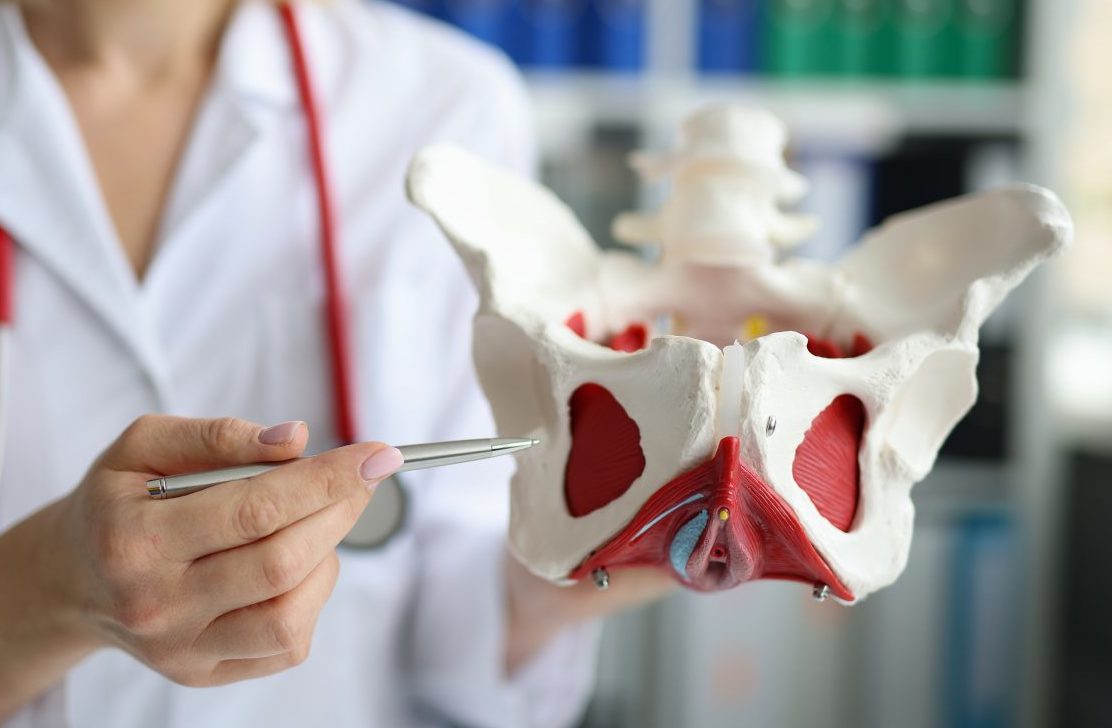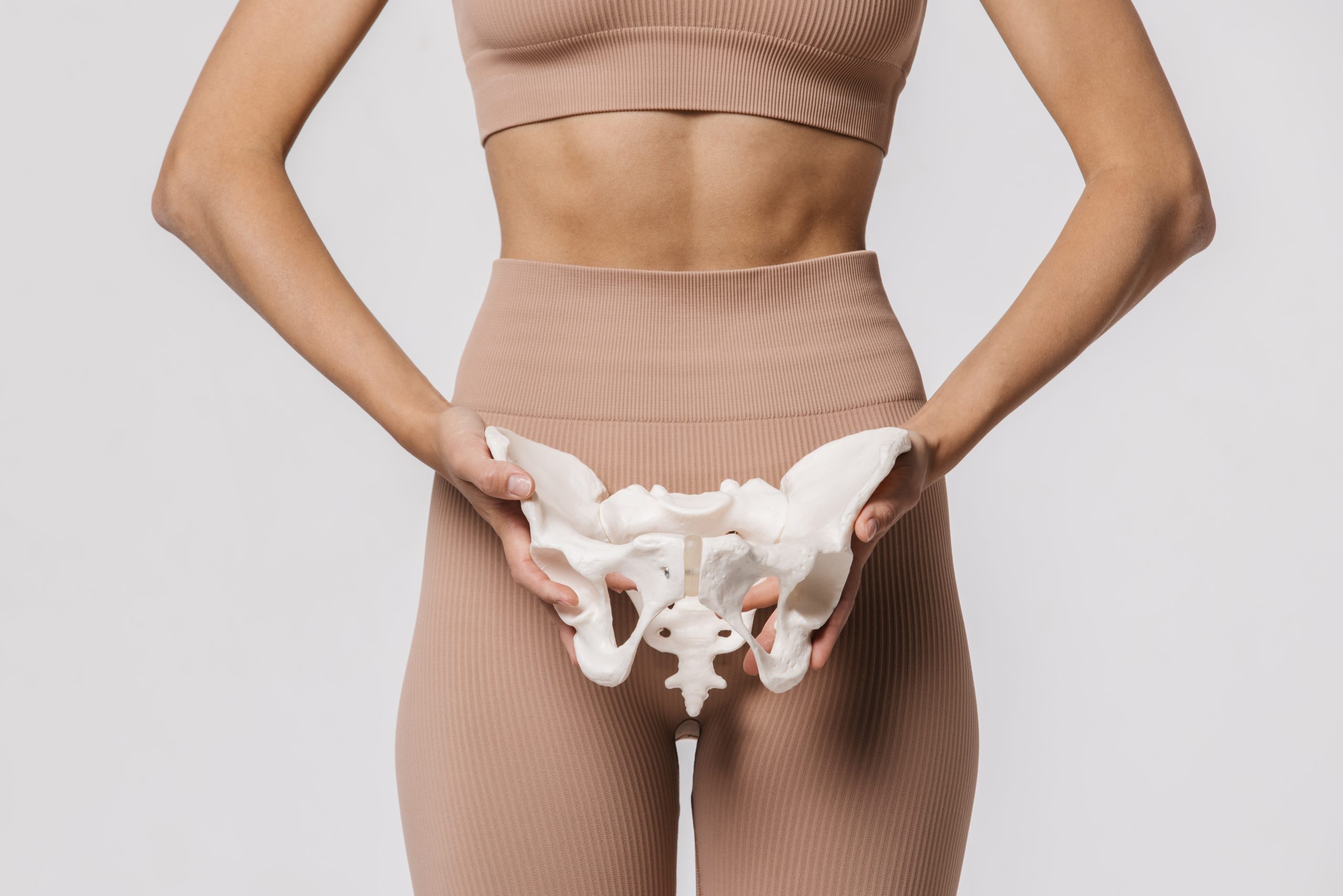
6 Myths About Pelvic Organ Prolapse
The pelvic floor muscles are responsible for helping people with some crucial urologic health functions. When strong and tight, these muscles help a person with functions like bladder control and bowel health, and they also aid in reducing the risk of developing a condition called pelvic organ prolapse, or POP.
Many people don’t quite understand what happens during POP. As a result, some significant myths have developed over the years. But, once armed with a proper understanding of the condition and yanking its untruths out into the light, most people will be able to recognize a POP myth when they see one in the future.
What is Pelvic Organ Prolapse?
A bit of an anatomy lesson is required to understand best what happens during pelvic organ prolapse. In a pelvis that is functioning healthily, the pelvic organs are secured in their rightful space in the body by strong and supportive ligaments and muscles. Together, those muscles and ligaments make up the pelvic floor.
When the muscles and ligaments of the pelvic floor are weakened or become stretched, POP can occur. Depending on the type of prolapse involved, the result can be a “dropping” of a pelvic organ, such as the bladder, rectum, uterus, or small intestine, out of its intended space inside the body.
It’s estimated that as many as 1 in 4 women is affected by a pelvic floor disorder, including POP. And because POP can result in some symptoms that may be embarrassing or difficult to discuss, too many people suffer in silence over this condition – which helps to propagate the myths about it. It’s time to shed educated light on those myths so that women can get the proper medical help they need.
Dispelling 6 Common Myths About Pelvic Organ Prolapse
Here are six common myths about pelvic organ prolapse.
- Myth: POP only involves the uterus.
- Myth: It’s POP only if a bulge is present and visible.
- Myth: POP should only be treated when a person reaches a certain age.
- Myth: The health of the gut doesn’t play a role in the development of POP.
- Myth: POP doesn’t happen to physically fit people.
- Myth: POP is only a risk for women who have vaginally delivered a baby.
These six myths are debunked below:
Myth: POP only involves the uterus.
Fact: There are five main types of pelvic organ prolapse, including:
- Cystocele: involves prolapse of the bladder and is the most common POP type.
- Rectocele: involves prolapse of the rectum.
- Enterocele: involves prolapse of the small intestine.
- Uterine prolapse: involves prolapse of the uterus (if someone still has a uterus).
- Vaginal vault prolapse: involves prolapse of the top of the vagina (if someone has had a hysterectomy, or has had the uterus removed).
Myth: It’s POP only if a bulge is present and visible.
Fact: There is a wide variety of symptoms, mainly depending on the type of prolapse involved, that can indicate someone is experiencing POP – even if they can’t see or otherwise feel a “bulge” coming out through the vaginal opening.
These symptoms can include but are not limited to:
- Pain, discomfort, or a “heavy” feeling in the vagina, lower abdomen, groin area or lower back.
- Urinary problems including leakage or inability to control the flow of urine.
- Difficulty with bowel movements; feeling that the bowels have not completely emptied after going to the bathroom.
- Pain or discomfort with sexual intercourse; feeling that something is “in the way” during sex.
Myth: POP should only be treated when a person reaches a certain age.
Fact: This is a myth that health care providers often hear. Somehow people are made to believe that if they’re in their golden years of life, POP is just something they’ll have to live with. If they’re a younger woman, perhaps just out of childbearing age, they’re made to believe they might be too young to consider treatment.
Every woman experiencing POP symptoms deserves to live a life free from those symptoms regardless of age.
Myth: The health of the gut doesn’t play a role in the development of POP.
Fact: Chronic constipation is a risk factor in developing POP and the worsening of the symptoms it causes.
Myth: POP doesn’t happen to physically fit people.
Fact: Because the development of POP involves weakened muscles, that doesn’t mean it can’t happen to athletic people. Anyone can develop the condition. And people who are long-time marathon runners or engage in heavy weightlifting can be at equal risk of developing POP but may be at greater risk of worsening the weakness or condition if already present.
Myth: POP is only a risk for women who have vaginally delivered a baby.
Fact: As mentioned, POP can happen to anyone. While childbirth does increase the risk of developing POP, there are other additional risk factors to consider, including but not limited to:
- Women who have had a C-section.
- Chronic constipation or intense straining during bowel movements.
- A job or lifestyle that involves very heavy lifting.
- Hypermobility or chronic disorders that affect the body’s connective tissues.
If left untreated, pelvic organ prolapse has the potential to worsen over time and may lead to problems with the function of other organs, including the kidneys. If you or someone you know is experiencing POP symptoms or any urologic issues, contact us today to schedule an appointment.



